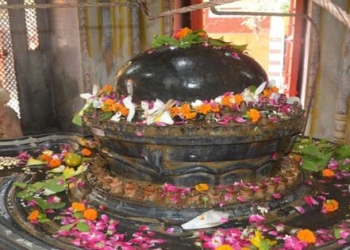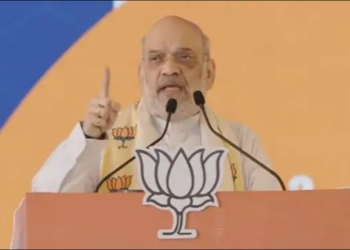New Delhi, Sep 22 (IANS) Prime Minister Narendra Modi is on a three-day visit to the US. On this occasion, it would be interesting to look back at his early US visits in the 1990s. During this time he was an ordinary BJP worker, but his great personality was clearly visible to those who were with him even in these less talked about visits.
In 1993, Narendra Modi attended the Swami Vivekananda Centenary Celebrations organised by the Vishwa Hindu Parishad (VHP) in Washington DC.
The event was organised to mark the 100th anniversary of the historic speech delivered by Swami Vivekananda at the World’s Parliament of Religions in Chicago in 1893.
RSS pracharak Hasmukh Patel, who was present with Narendra Modi, recalls the event and says, “His participation in the event was a testimony to his commitment to the values of Swami Vivekananda and his dedication to the Indian community living abroad.”
According to Patel, an NRI living in the US, “As a youth campaigner and activist, he organised a youth conference in a big hall and also took out a grand march.”
According to Patel, around 15,000 to 20,000 people attended the event. The event had a lasting impact because of Narendra Modi’s ability to organise and inspire the youth.
Narendra Modi’s visionary approach and his belief in the power of technology was also evident during his visits to the US in the 1990s.
In 1997, Narendra Modi stayed at the home of Gokul Kunnath, an NRI businessman living in Atlanta. He recalls an incident when he asked Modi what he wanted to buy from America? To this Modi expressed his desire to buy a microcomputer.
According to Kunnath, ‘He wanted to buy a microcomputer that could store the names, phone numbers and addresses of about three to four thousand people.’
“He was even then thinking about using technology to advance his work, which reflects his unique personality. He always had a vision. He had a missionary zeal to take this vision to a legitimate goal and serve the people of India,” says Kunnath.
Narendra Modi’s focus on technology reflects his understanding that technology should be used for political, social and administrative work.
It is this vision of his that is behind the increasing trend of technology in governance and administration in India.
–IANS
MK/GKT










